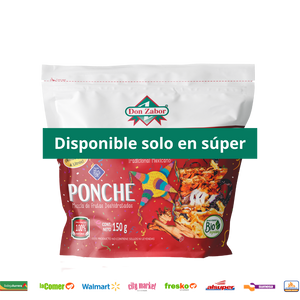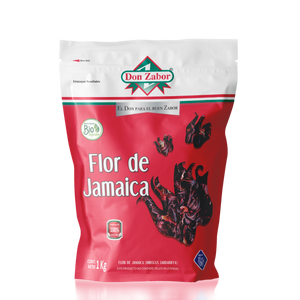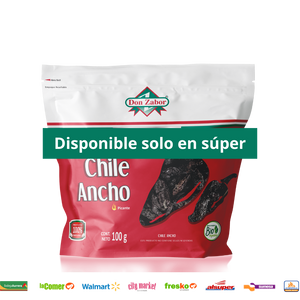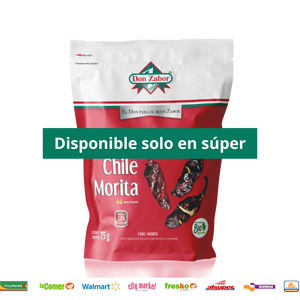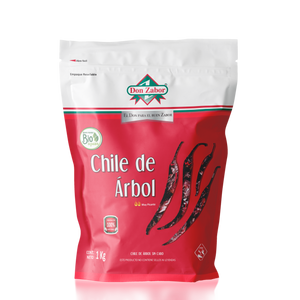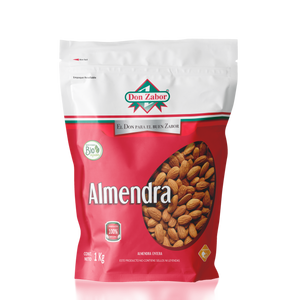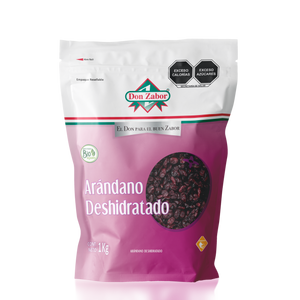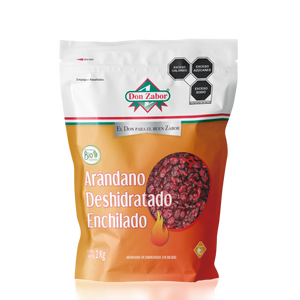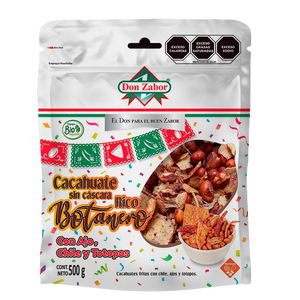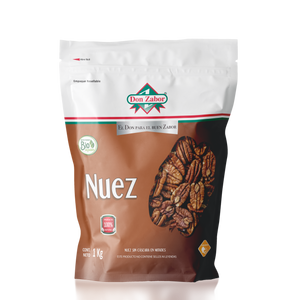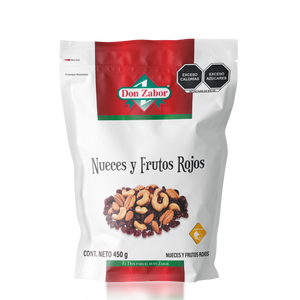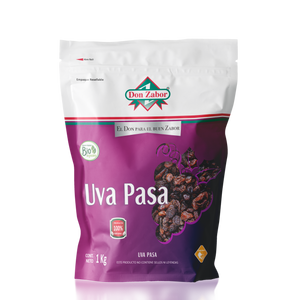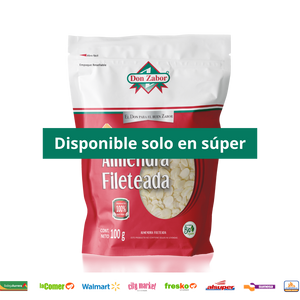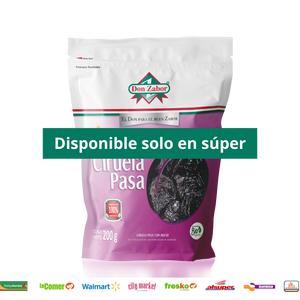Like every year the weather is crazy and that is why we prefer to p...
Leer
Compra por categorías
-
Product
-
Popular categories
-
- Tienda en línea Tienda en línea
-
Aguas
-
Chiles
-
Colaciones
-
-
Granos y semillas
-
Especias
-
Menu
Compra por categorías
-
Product
-
Popular categories
-
- Tienda en línea Tienda en línea
-
Aguas
-
Chiles
-
Colaciones
-
-
Granos y semillas
-
Especias
-

